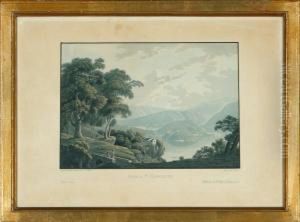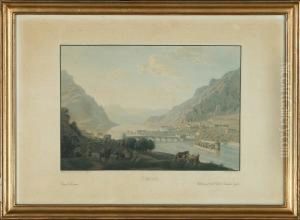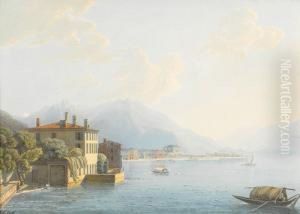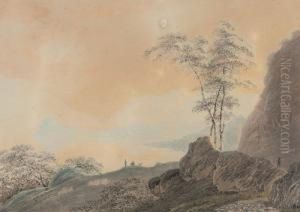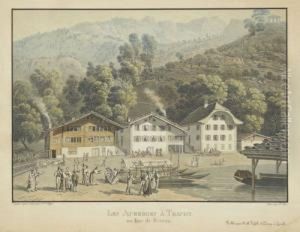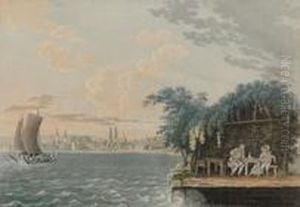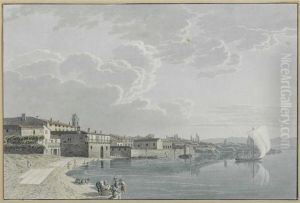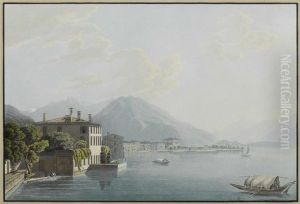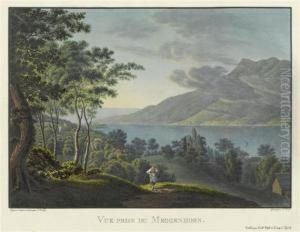Johann Jakob Wetzel Paintings
Johann Jakob Wetzel was a German artist, born in 1781 in Nuremberg, Germany. He was known primarily for his work as an engraver and painter. Wetzel's contributions to the art world during the early 19th century were modest yet noteworthy within the context of German visual arts of the period. His works, though not as widely recognized as those of his more famous contemporaries, still reflect the artistic movements and technical skills of the time.
Wetzel's early life and training are not extensively documented, but it was not uncommon for artists of his era to apprentice with established masters to learn their craft. He likely received a traditional education in the arts, studying the techniques of engraving and painting, which were essential skills for an artist in his region during that period. Throughout his career, Wetzel would have been exposed to the cultural shifts in Europe, including the rise of Romanticism, which may have influenced his artistic style.
During his lifetime, Johann Jakob Wetzel produced a variety of works, including landscape paintings and engravings. His engravings were particularly respected for their precision and detail, which were hallmarks of the medium during the time. Wetzel's paintings, which are less known, would have showcased the typical subjects of the era, such as natural landscapes and possibly historical scenes or portraits, aligning with the tastes and expectations of the art patrons of his day.
Despite the paucity of information about Wetzel's life and the full scope of his oeuvre, it is clear that he was a part of the vibrant artistic culture in Germany. He lived through a significant period in European art history, a time when artists were beginning to express more individualism and emotional depth in their work. Johann Jakob Wetzel died in 1834, leaving behind a legacy that, while not widely celebrated, contributes to the rich tapestry of 19th-century German art history.
